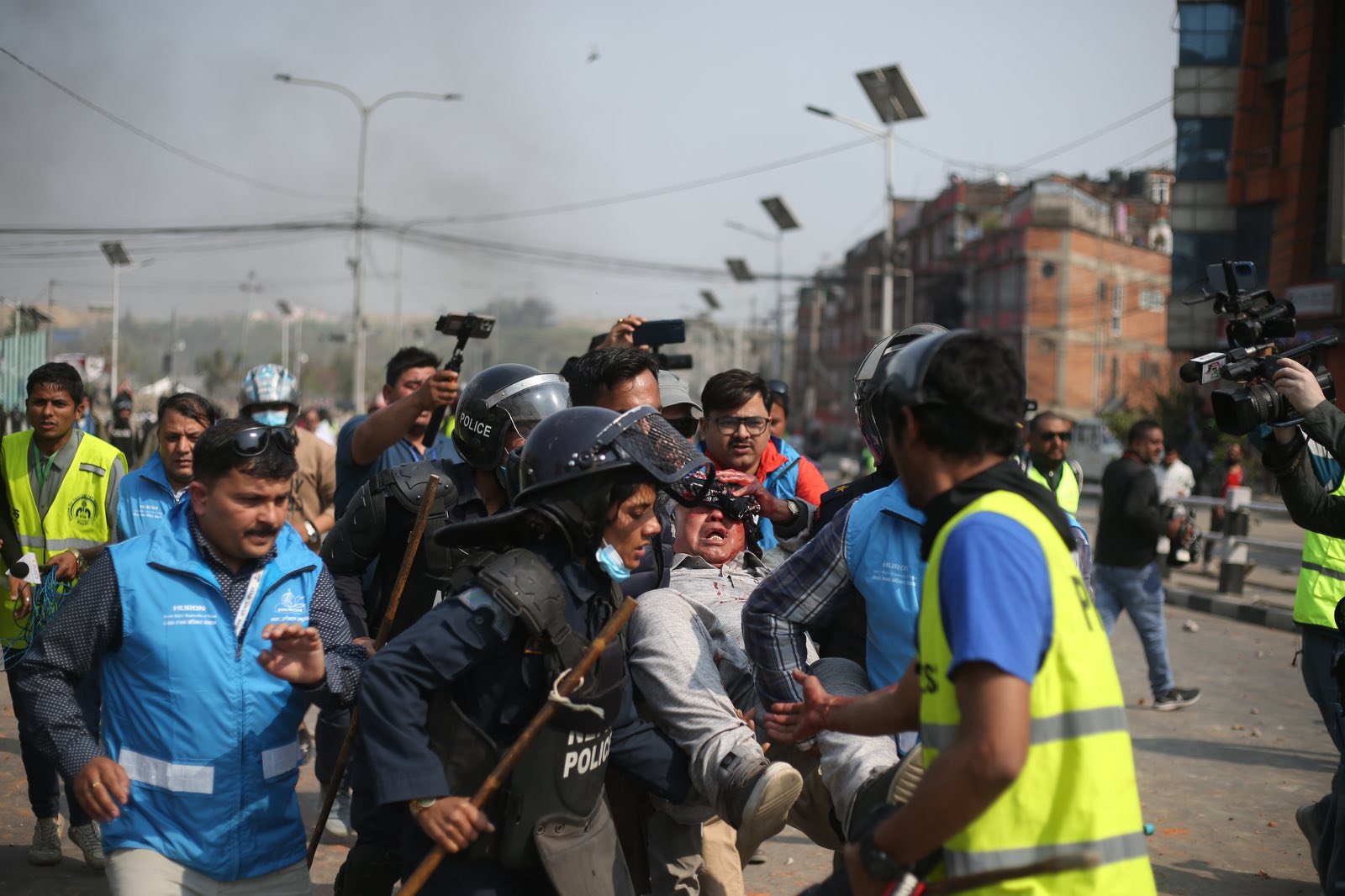A deadly flood in Nepal’s Rasuwa district on July 8 was caused by a sudden burst of a glacial lake in Tibet’s Pyurepu Glacier area, new satellite images have confirmed.
The European Union’s Sentinel-2 satellite, along with weather data and scientific reports, showed that the disaster began months ago. In December 2023, small meltwater ponds were seen on the glacier, located about 35 km north of the Nepal-China border at 5,100 meters altitude.
From March 2025, these ponds grew larger due to warmer temperatures and melting ice. By late June, they joined into a big lake. On June 28, the lake’s size was about 525,000 square meters.
Although snow and debris covered the area in early July, making it hard to see, rain on July 4 changed the glacier’s surface. By July 5, a large lake had clearly formed.
On July 8, that lake suddenly disappeared, and huge amounts of water rushed downhill, confirming a glacial lake outburst flood (GLOF). The flood swept through Lhende Khola and into the Trishuli River, destroying the Rasuwagadhi Friendship Bridge and damaging the Timure dry port, causing over one billion rupees in losses. Many vehicles and goods were washed away, and several hydropower projects were also hit hard.
So far, nine people have died, and 19 are still missing. Rescue efforts are ongoing.
A study by researchers from China, the U.S., and other organizations confirmed that the lake had grown to 638,000 square meters by July 7, then rapidly drained to 435,000 square meters the next day. Signs of water flow and debris along the 35 km path confirmed the massive flood.
Experts blame climate change for causing glaciers to melt faster, leading to the quick formation of large, unstable lakes. Amrit Thapa, a glacial expert, said these surface ponds used to stay small but are now growing and combining more quickly than expected.
The area had no early warning system in place. The event highlights the urgent need for cross-border glacier monitoring and real-time alerts to protect people in high-risk Himalayan areas.
It’s still unclear if the lake burst was the only cause, or if other hidden glacial features also collapsed that night. Cloud cover has made it hard to fully study the lower glacier.
Despite the scientific findings, Nepal’s government has not yet officially explained what caused the flood.

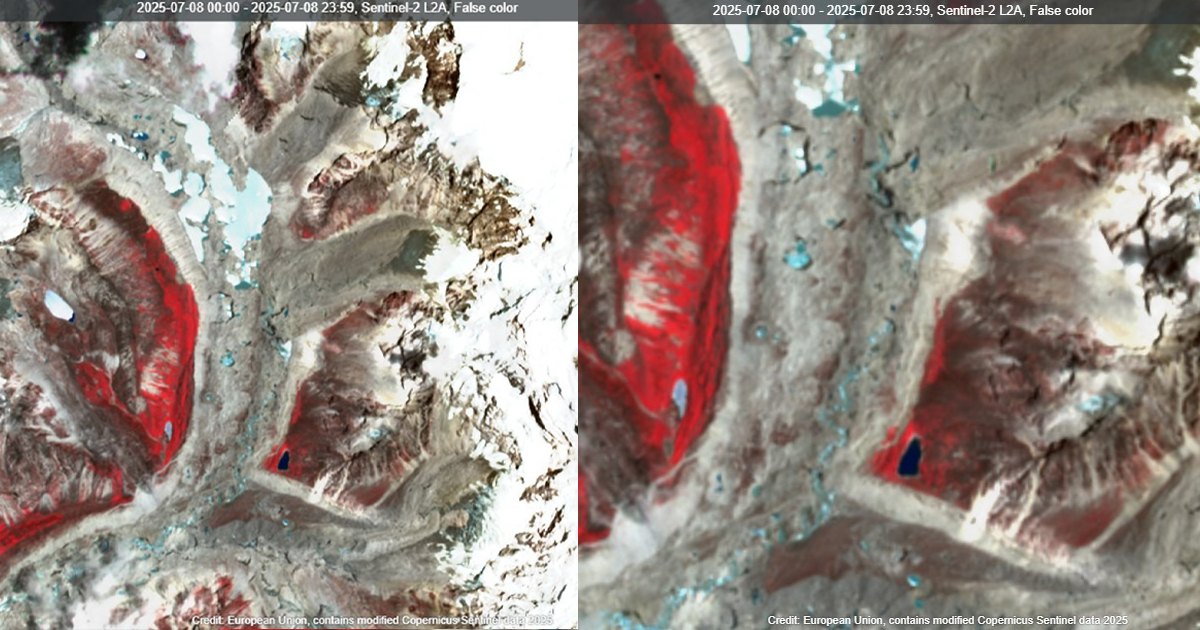
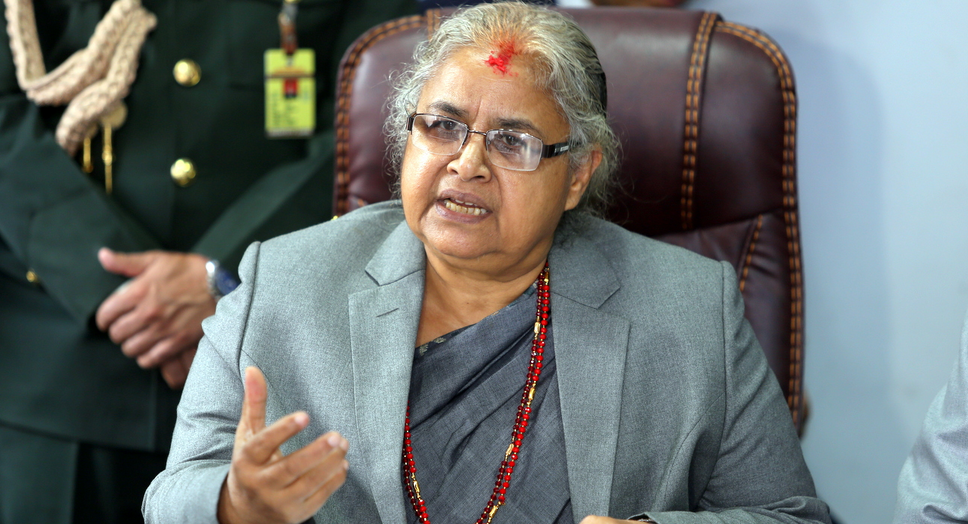



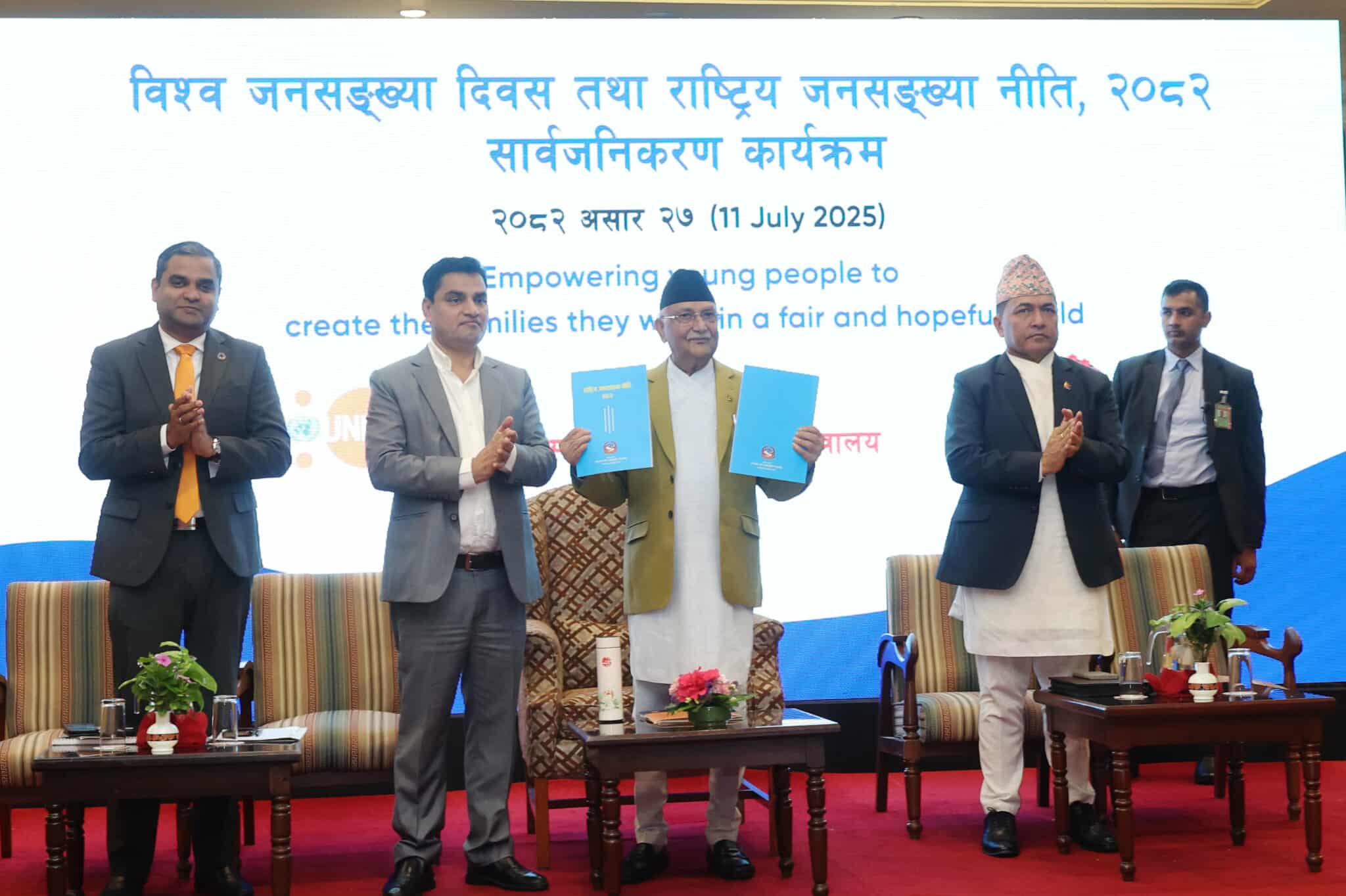



.jpg)
.jpg)
.jpg)
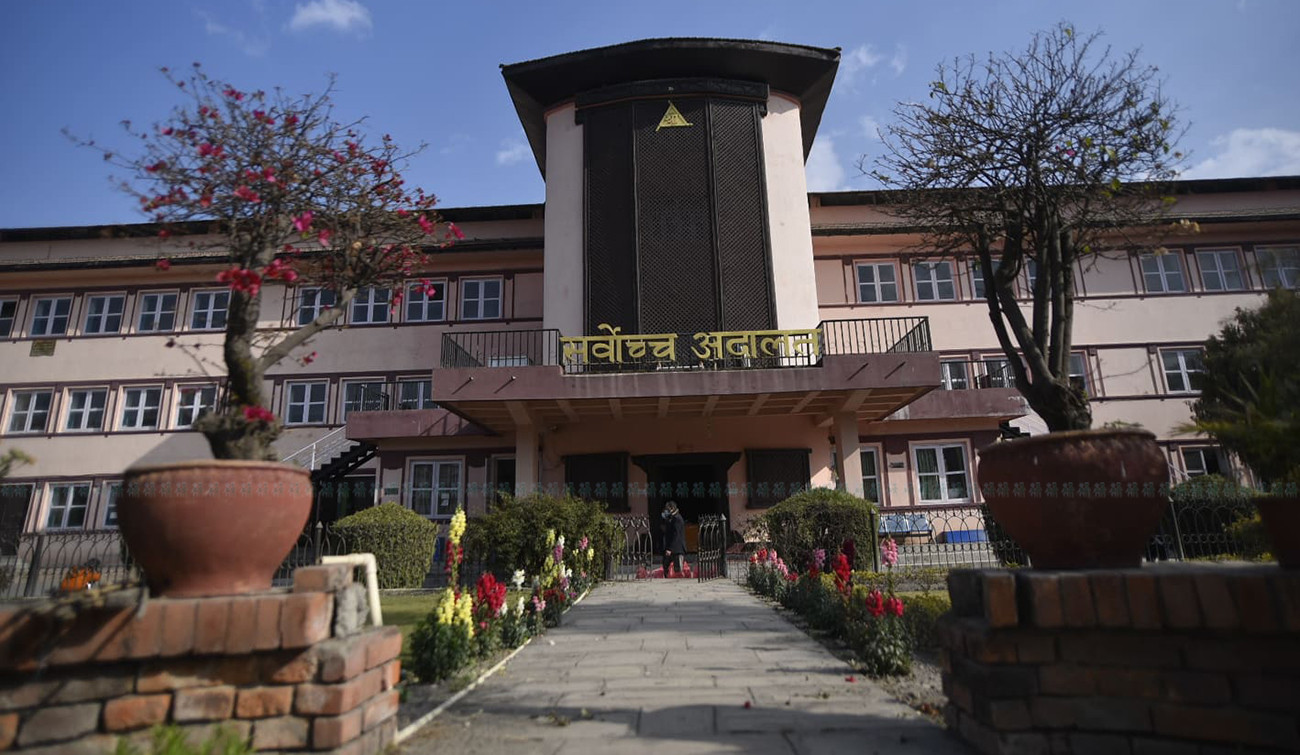


.jpeg)
.jpg)
.jpg)
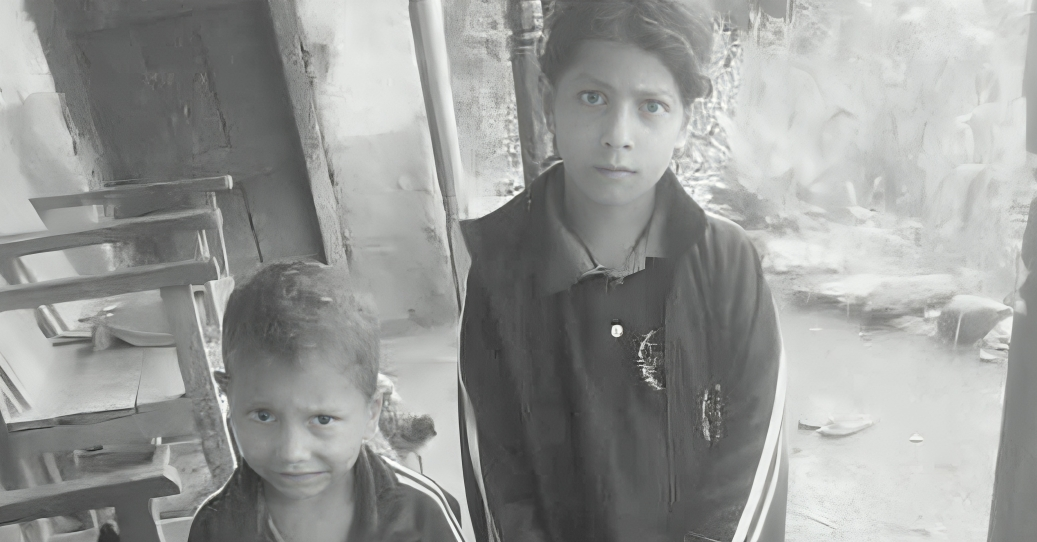
.jpg)
.jpg)
.jpg)

.jpg)
.jpg)
.jpg)

